Eddie Albert: 16 Little-Known Facts About the 'Green Acres' Star
- Oops!Something went wrong.Please try again later.
- Oops!Something went wrong.Please try again later.
The television airwaves of the 1960s were filled with a number of "country" sitcoms, among them The Andy Griffith Show, The Beverly Hillbillies, Petticoat Junction and, of course, Green Acres. The latter stars Eddie Albert as Oliver Wendell Douglas, an attorney from New York City; who convinces his Hungarian socialize wife, Lisa (played by Eva Gabor) to leave their penthouse apartment behind to relocate to a broken-down farm in Hooterville — she must have really loved him.
Edward Albert Heimberger was born on April 22, 1906 in Rock Island, Illinois, enjoying a life and career that few people may realize, assuming things kind of started and ended with Green Acres. Nothing could be further from the truth, as Eddie Albert effortlessly shifted from radio to Broadway, movies, television and back again without missing a beat. Keep reading to learn much more about the versatile actor.
MUST-READ: The 1960s — Your Guide to 60 Classic (and Not So Classic) TV Sitcoms and Where to Stream Them
1. His first job was as a newspaper delivery boy
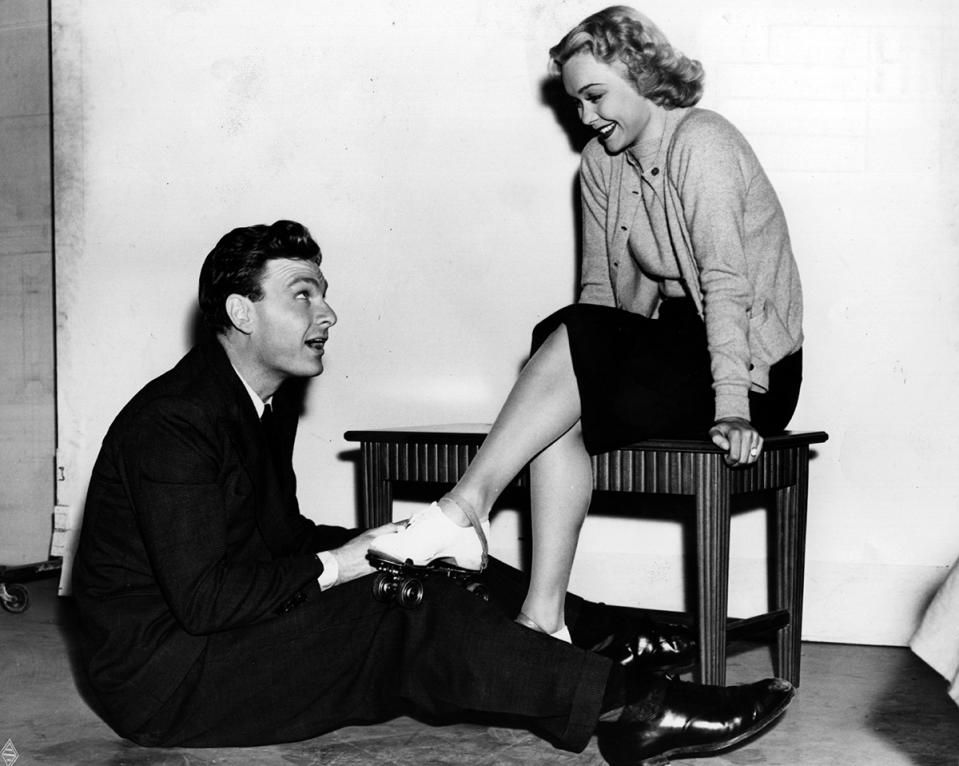
Hulton Archive/Getty Images)
The future actor went to work as a newspaper delivery boy at the age of 6, a position he held on to for about 10 years. The reason? Those were tough financial times and he felt he needed to do whatever he had to in order to help bring in some money for his family. What he would later discover in life is that the job brought a sense of isolation that he could never really shake. As he said in 1996, "That's where the real education comes from. So I missed those best years and I find it difficult for me, in groups, to be comfortable."
2. Eddie Albert wanted a career in business
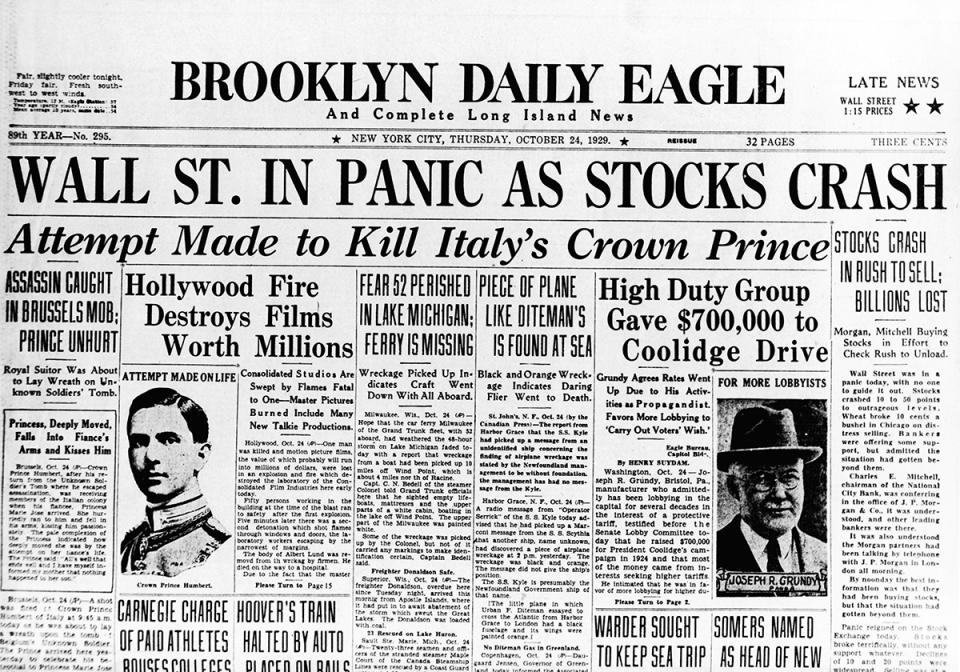
Fine Art Images/Heritage Images via Getty Images)
While attending the University of Minnesota, Eddie Albert was majoring in business, with that being his intended vocation. Those plans made a sudden shift as a result of the stock market crash of 1929.
3. Eddie Albert starred on The Honeymooners (no, not that one)
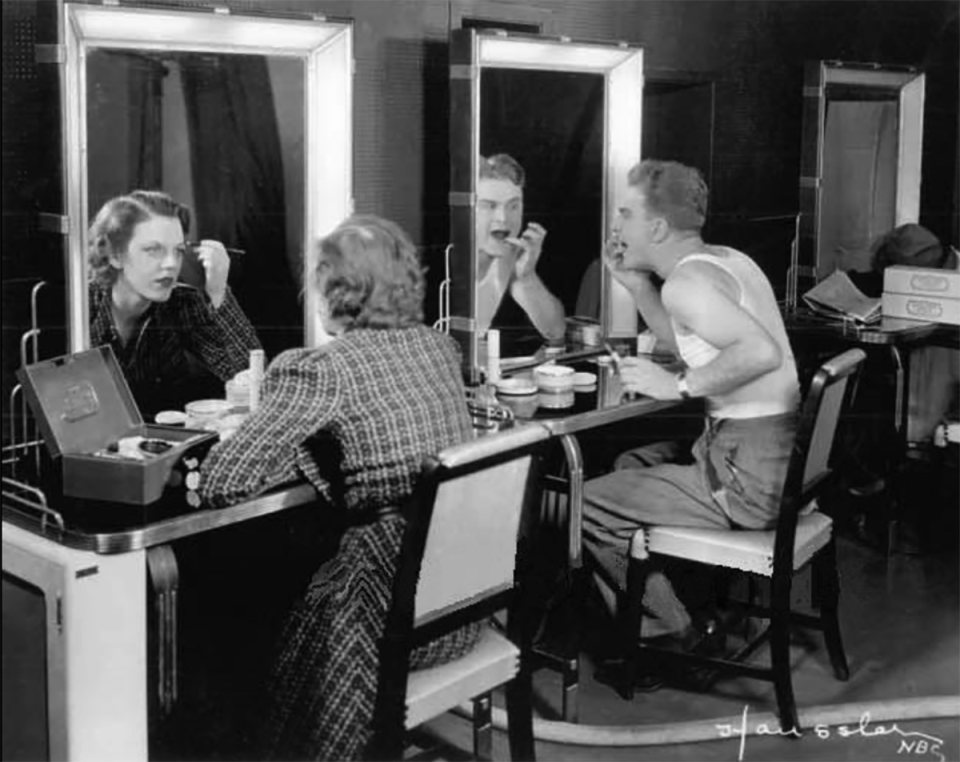
©NBC/Wikipedia
He arrived in New York in 1933, following some time working as a nightclub singer, and found himself co-starring with actress Grace Bradt on The Honeymooners — Grace and Eddie Show, a radio sitcom. Given that there was real chemistry between the two, people apparently thought they were actually married. Additionally, they would bring their act to live television for NBC during that time, starring in the first TV play ever, The Love Nest, which aired on November 6, 1936.
MUST-READ: Gilligan's Island Star Bob Denver Gave Us Maynard G. Krebs, TV's First Hipster
4. Eddie Albert made it to Broadway and then Hollywood
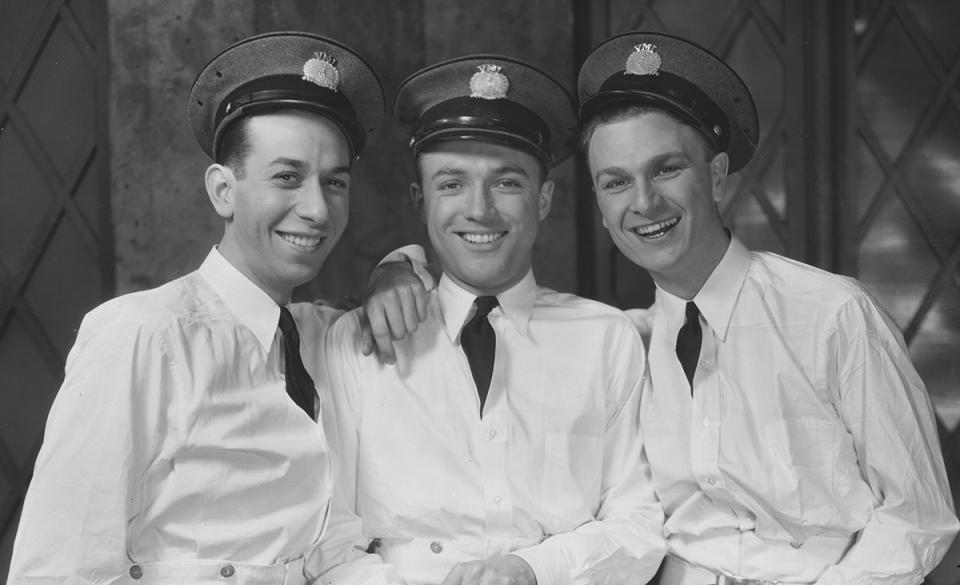
John Springer Collection/CORBIS/Corbis via Getty Images
The Honeymooners, which debuted in 1933, had a three-year run on radio (and even included a touring stage version). During that time, Eddie began appearing on Broadway in Brother Rat and O, Evening Star! (both 1936), Room service (1937) and The Boys from Syracuse (1938). Impressed by his talent, Warner Bros offered him a film contract, which began with the adaptation of Brother Rat (1938), which saw him reprising his stage role of Robert Harris “Bing” Edwards (which he would do so again in the 1940 sequel, Brother Rat and a Baby). Four Wives (1939), On Your Toes (1939), My Love Came Back, A Dispatch from Reuters and An Angel from Texas (all 1940). Four Mothers, Thieves Fall Out, Out of the Fog, The Wagons Roll at Night and The Great Nobody (all 1941) followed.
5. Eddie Albert did some spying for the government

William Grimes/Michael Ochs Archives/Getty Images
Prior to the United States entering World War II, Eddie Albert had gone on an entertainment tour of Mexico, serving as a high-wire act and a clown as a member of the Escalante Brothers Circus. According to Wikipedia, this was actually just a ruse. In reality, he was photographing German U-boats in Mexican harbors for the U.S. Army. In 1942, he actually enlisted in the U.S. Coast Guard and a year later was discharged to take an appointment as lieutenant in the U.S. Naval Reserve. What few realize is that due to his actions during the war, and for the lives he saved, he was awarded the Bronze Star.
MUST-READ: Here's What Really Happened to the Hilarious Hogan's Heroes Cast
6. He felt his life had been changed by his military experience
One of the things that Eddie Albert did after the war was to begin Eddie Albert Productions, dedicated to creating industrial and educational films. As he told The Californian in 1983, "In one great moment of terror, I convinced myself that if I got out of this alive, I could never go back to the rather casual, selfish behavior that I'd considered the norm."
7. Eddie Albert starred in over 30 movies between the 1940s and 1950s
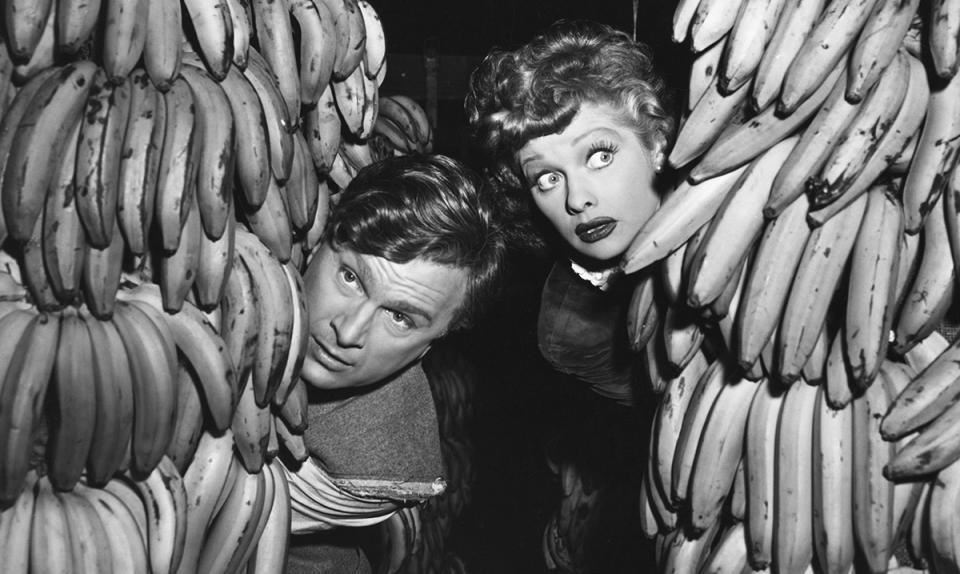
George Rinhart/Corbis via Getty Images)
Between 1942 and 1949, Eddie Albert appeared in 15 movies, continuing to prove his abilities as a character actor, supporting player and leading man. This diversity worked out fine for him in terms of film and the stage. “Personally,” he related to the Valley Times in 1950, “I feel an actor is at his best for the first six months of a show. After that, except in very unusual instances, boredom sets in and one’s work deteriorates. I like Hollywood, because after a film is finished, an actor is able to turn his attention to another part. If he’s lucky, he can play a widely differentiated series of parts in a single year. In that way a performer grows and rounds out his acting technique. I’d rather have a few lean periods career-wise and do an assortment of roles.”
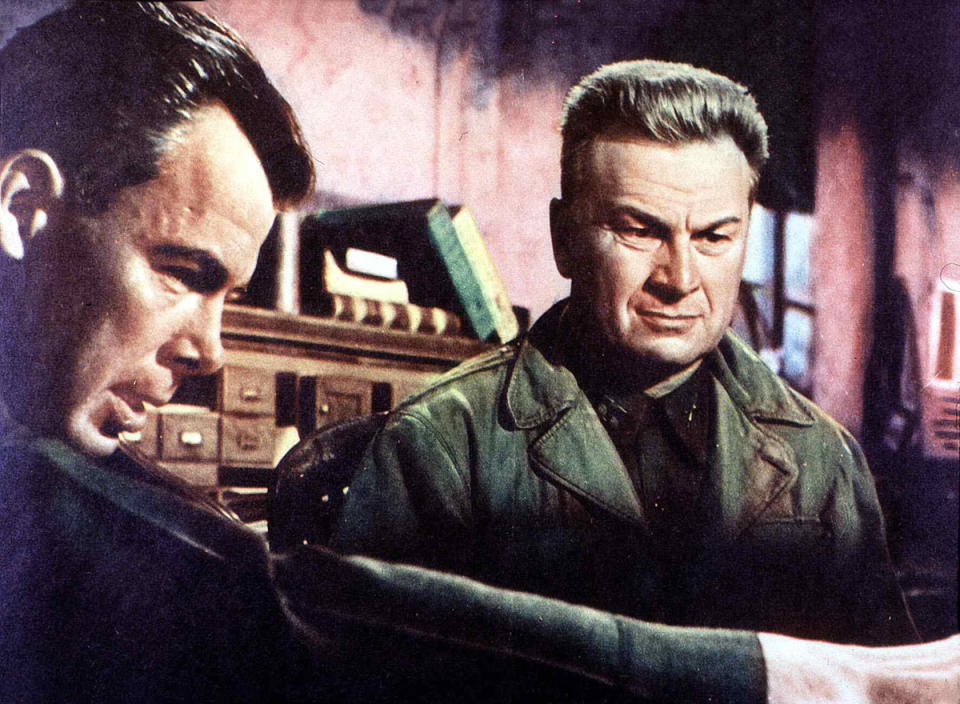
FilmPublicityArchive/United Archives via Getty Images
Well, he certainly diversified, starring in another 18 films during the course of the '50s, starting with The Fuller Brush Girl (1950, co-starring Lucille Ball) and concluding with Beloved Infidel (1959). During that decade he also returned to the stage twice, in Reuben, Reuben (1955) and Say, Darling (1958).
MUST-READ: Desi Arnaz — I Love Lucy Biographer Remembers the 'Prince of Cuba'
8. "No stranger to TV"
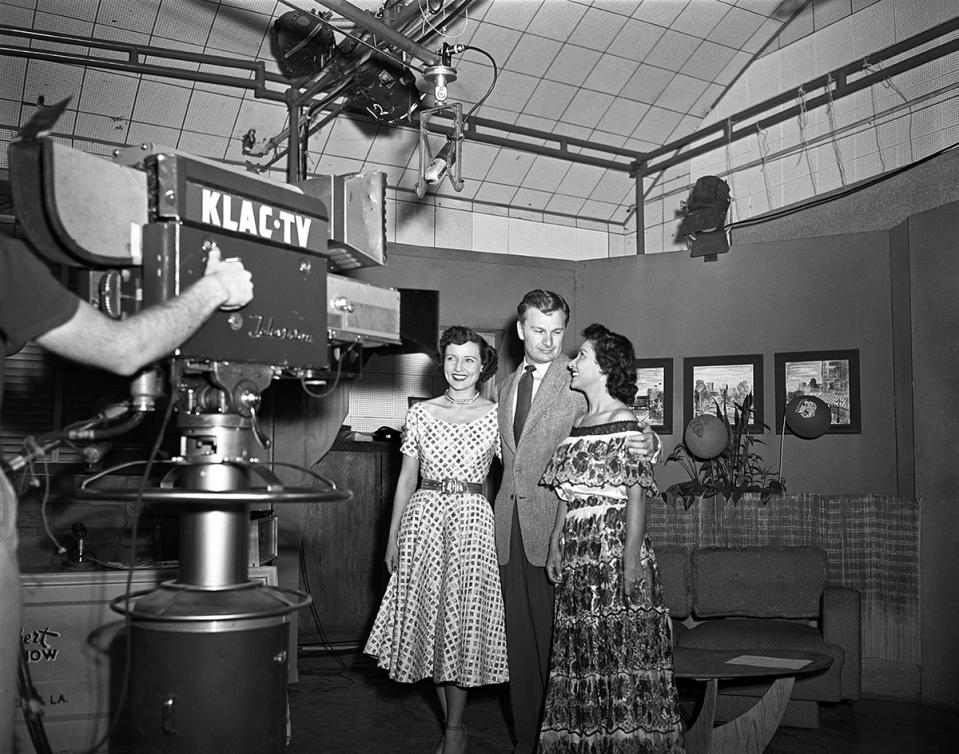
Nigel Dobinson/Getty Images
As if he didn't have enough going on in film and on the stage, in the 1950s Eddie Albert really began to explore the possibilities offered by television. It kicked off with the 1952 sitcom Leave it To Larry, in which he plays shoe salesman Larry Tucker who lives with his family in the home of his boss and father-in-law. Additionally, he served as the host of three variety shows, 1953's Nothing but the Best and On Your Account, and 1954’s Saturday Night Revue.
"I'm not stranger to TV," he told The Los Angeles Times. "I've done many guest spots and dramatic shows, but having a show of my own paints a different picture of its influence on our lives. I don't know, and I doubt anyone else does, how powerful TV will be. Even during these first few days, I've run up against some problems that have caused me to stop and ponder on how best to approach my new job."
9. Despite the fact his TV shows didn't last, Eddie Albert continued to love the medium
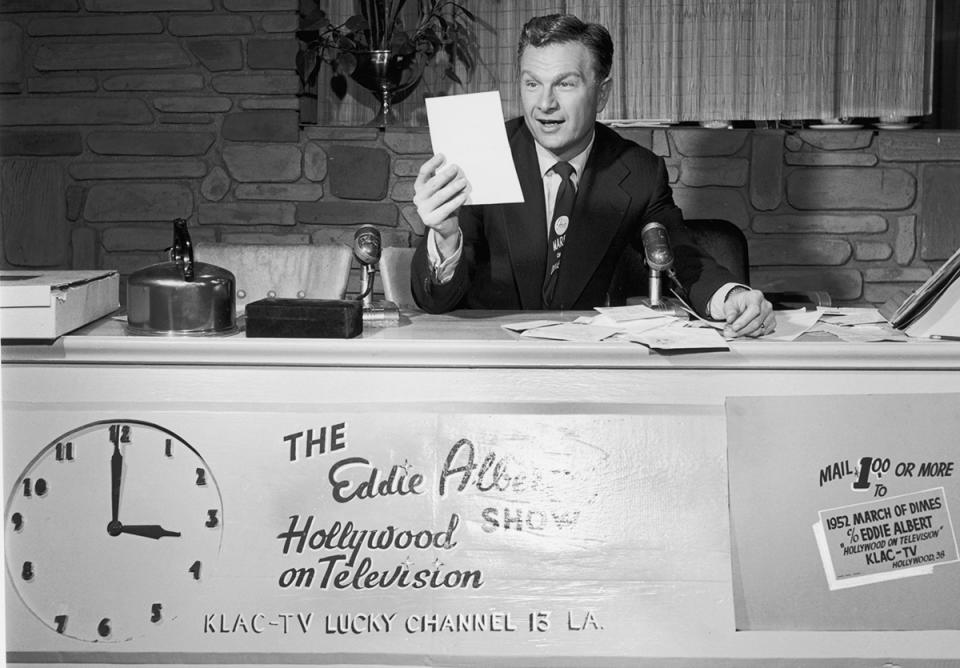
Hulton Archive/Getty Images
None of the shows noted above lasted very long, but that did nothing to bring down the actor's enthusiasm for the TV medium. He reflected to the press at the time, "The roughness of live TV gives television a vitality that a movie doesn’t have. It’s exciting when at the last minute you have to cut this or that out of the show. That’s a unique feature for TV that the movies don’t have. That’s why I never read any reviews of my TV shows. So what does it matter if stagehands walk in front of the camera or somebody misses a step? Television is in the same period as the movie industry of the 1920s, exciting and experimental. Television as yet doesn’t have too much tradition to bind it. They don’t have bankers running it yet.”
MUST-READ: Fred Gwynne — 14 Joyful and Tragic Facts About The Munsters Star
10. He didn't care whether or not he was a star
What was important to Eddie Albert was not whether or not people considered him a big star, but if the work he was doing was fulfilling. "It's my growth as a performer rather than success," he told The Sacramento Bee. "Do jobs that make me happy — that's my philosophy. You may be a star or a bit player, but you like it. You find it less oneerous than selling neckties or delivering ice. A good actor has a choice of what he does. I have freelanced since 1938. I thought that meant being free, but it means you are only free to worry about finding some new picture or play you feel is worth doing. Even so, it's better than being tied to a studio and having to do any piece of cheese that comes along."
In the 1960s, he appeared in nine movies, ranging from The Young Doctors (1961) to Seven Women (1966); starred on Broadway in The Music Man, was featured on more anthology shows and guest starred on The Lieutenant (the first series from Star Trek creator Gene Roddenberry), The Outer Limits, Voyage to the Bottom of the Sea and Mr. Novak.
MUST-READ: Willian Shatner — His 10 Greatest Roles, Reverse
11. Green Acres was the Place to Be
By 1965, TV writer/producer Paul Henning had been enjoying great success with the television series The Beverly Hillbillies and Petticoat Junction, and at that point he had created a third: Green Acres, which would be set in the same "universe" as the other two. The premise (which is spelled out explicitly in the show's theme song above) has lawyer Oliver Douglas (Albert) and his socialite wife Lisa (Eva Gabor) giving up city life for one on a farm. The show ran from 1965 to 1971 and a total of 170 episodes.
MUST-READ: Green Acres Cast — 10 Wasky Secrets About the Beloved Farm Living Show
Here's how Eddie Albert described the show to The Post-Standard of Syracuse, New York at the time: "It's the age-old conflict of city versus country. Eva is just sensational my wife. The more disparity there is between the city and country, the better. Wearing a Jean-Louis negligee and feeding the pigs, Eva is funny before she says anything. She's a sophisticate in the country. Our theme of city-country conflict was used by Will Rogers, Charles Ray, Henry Fonda. But imitation is not the point. The question is this: is it entertaining? Does it provide a pleasant half hour for 30 or 40 million people?" The answer to both questions was a decided yes.
WHERE TO STREAM GREEN ACRES: The Roku Channel, Pluto TV
12. Green Acres fell victim to the 'Rural Purge' and Eddie Albert wasn't happy
In the early 1970s, CBS programmer Fred Silverman decided that the time had come for the network to seek a different audience. What this meant was that rather than concentrate on the ratings, they would, instead, look at demographics — the more rural viewers were exchanged for those in urban environments. As a result, in the early 1970s show that were still appealing to millions of people were canceled, meaning the end of series like Mayberry RFD (spin-off to The Andy Griffith Show), Petticoat Junction, The Beverly Hillbillies and Green Acres.
MUST-READ: Petticoat Junction — Hop a Train to the Shady Rest Hotel and Relive All the Laughs
For his part, Eddie Albert didn't buy the ratings vs. demographics debate, instead telling the Star-Gazette of Elmira, New York, "I'll tell you what it was: The brass at CBS is more concerned about what their Madison Avenue friends think than what the public thinks. The boys on Madison Avenue always turned their noses at Beverly Hillbillies. But that show is one of the best-written series on television. So is my show. There is more humor, more raciness, double entendre in Beverly Hillbillies or Green Acres than in any other show. But the brass doesn't think it's sophisticated enough."
MUST-READ: Saturday Nights on CBS in 1973 — The Greatest TV Line-Up Ever
13. He starred in another series called Switch
After Green Acres, there would be a return to Broadway and appearances in 26 films between 1972's The Heartbreak Kid and 1989's Brenda Starr. On television, there were six guest appearances and a total of 18 TV movies and miniseries. In between, from 1975 and 1978, he co-starred in the series Switch with Robert Wagner.
Created by Glen Larson (Battlestar Galactica, The Fall Guy), Switch was a TV take-off of the movie The Sting. Eddie Albert is retired cop Frank MacBride, who had previously arrested Robert Wagner‘s Peter Ryan, a con man. Following Ryan’s release, the two of them decide to open a detective agency, their specialty using cons of their own to get the bad guys to reveal necessary evidence. In the real world, actor James Garner accused series creator Glen Larson of taking scripts from The Rockford Files and rewriting them for this show.
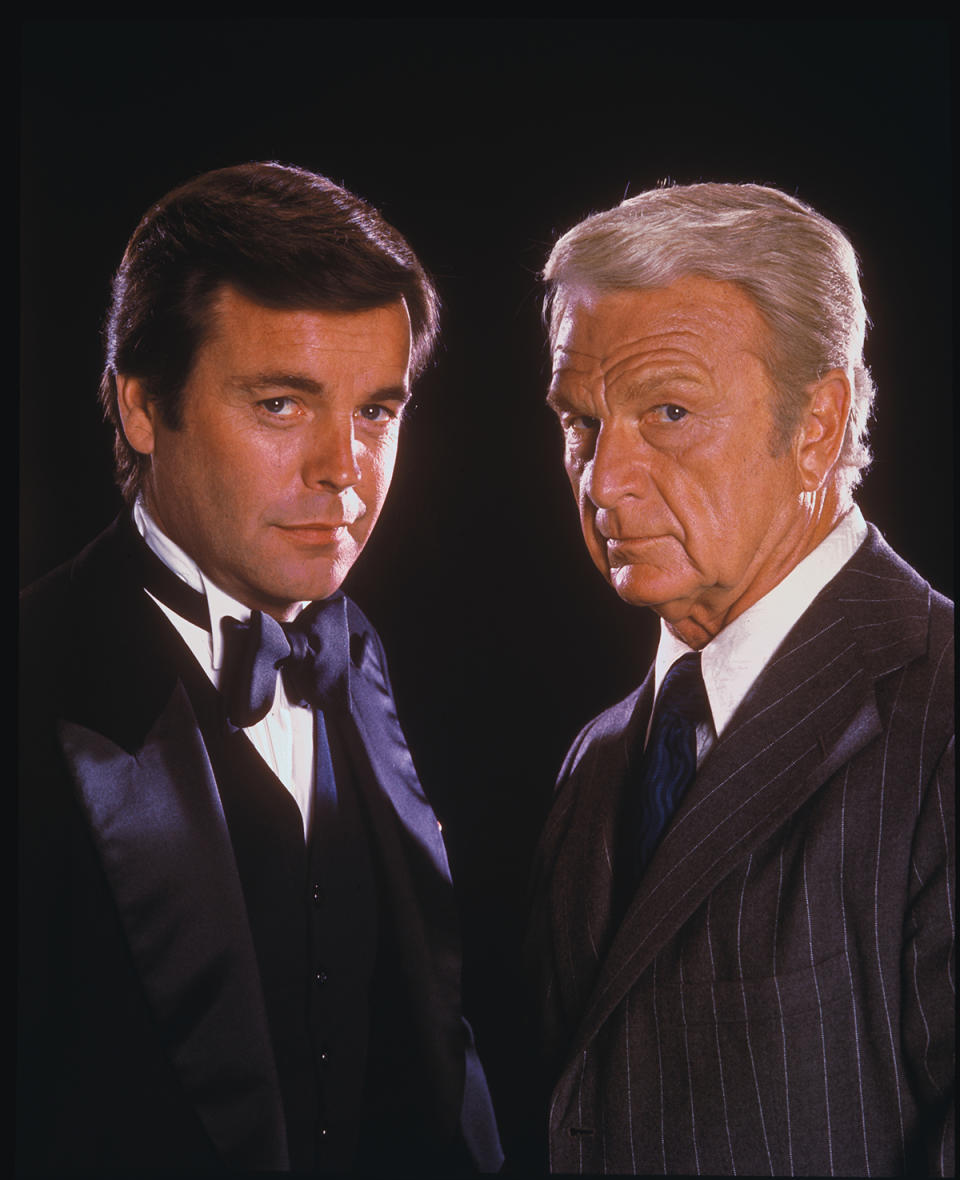
Getty Images
Complained Albert at the time, "We stagger along with the same writers under contract at Universal going from Baretta to Rockford Files to Switch to Barnaby Jones. I'm reading the same lines Garner does, and he's reading the same lines Bobby Blake does and he's reading the same lines Buddy Ebsen does. And they're using the same plots over and over. I'm looking at more script and see they simple are rewrites of the old ones. I'm very angry about the whole thing."
MUST-READ: The Rockford Files — What Happened to the Cast of the Beloved Show
14. There was a Return to Green Acres
In 1990, Eddie Albert and Eva Gabor came together again for the TV movie reunion Return to Green Acres, which may have been nostalgic fun for the audience, but the ratings or response didn't exactly light the world on fire, so plans for future films were dropped.
15. He was a supporter of environmental and social causes
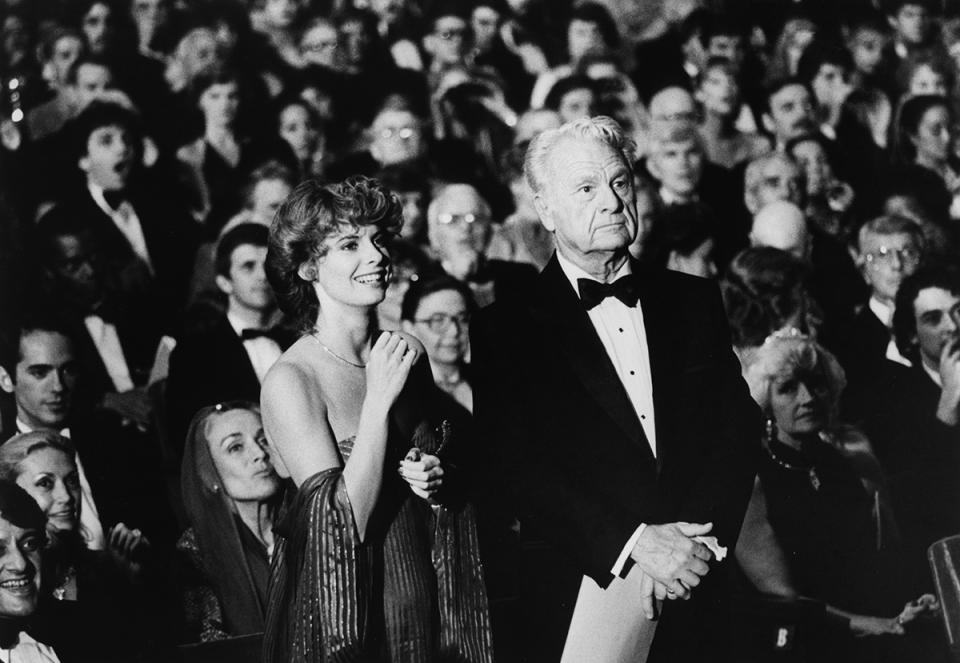
Hulton Archive/Getty Images
In the 1970s, the actor founded the Eddie Albert World Trees Foundation, he was national chairman for the Boy Scouts of America's conservation program, a trustee of the National Recreation and Park Association, and was on the advisory board of the U.S. Department of Energy. On top of that, he was an envoy for Meals for Millions, a consultant for the World Hunger Conference and he fought against pollution.
16. His marriage was a true love story
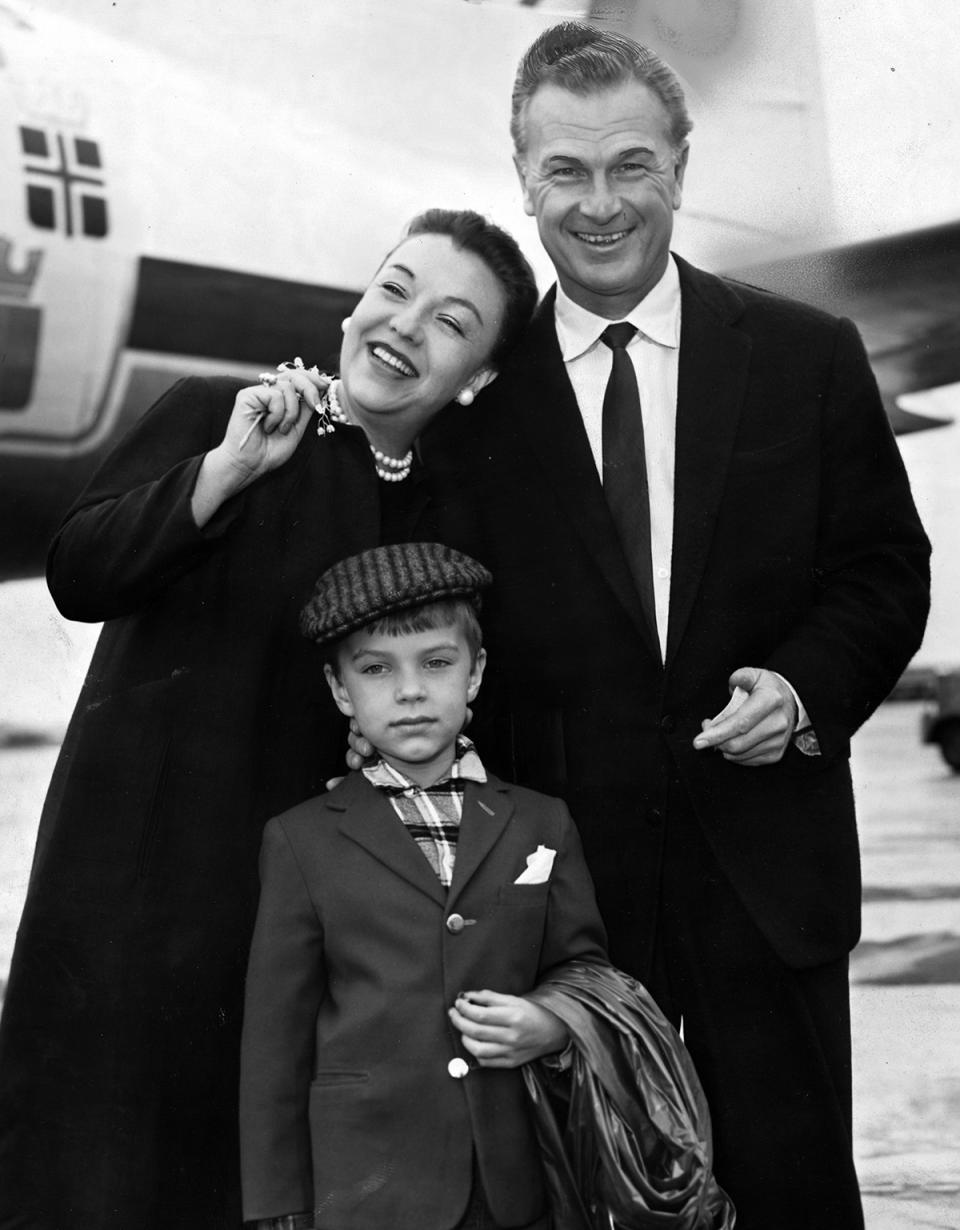
© Hulton-Deutsch Collection/CORBIS/Corbis via Getty Images
In 1945, Eddie Albert married Mexican-American dancer and singer Margo (whose name was Maria Marguereita Gudalupe Teresa Estella Bolado Castilla y O'Donnell) and they remained together until her death in 1985, 40 years later.
They had one son — Edward Albert, Jr., also an actor — who died of lung cancer in 2006. In the last few years of his life, Eddie Albert developed Alzheimer's disease and his son took care of him until his passing on May 26, 2005 at the age of 99.

